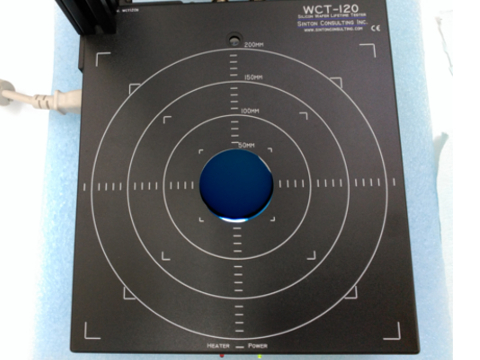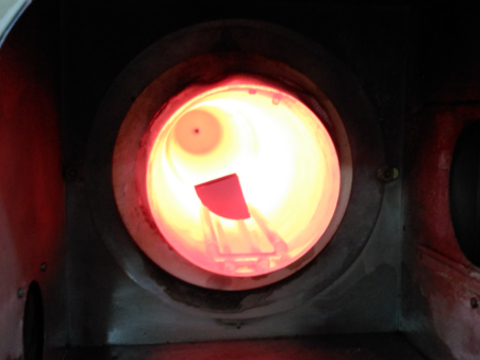Defect engineering in solar silicon
|
The knowledge on how impurities and defects degrade solar cell performance is a key aspect in the research of strategies to minimize their impact. In general terms, the principles of the strategies are: first, avoid their incorporation and creation in any step of the Si value chain; and second, in the case this is not possible, reduce their impact by implementing procedures that reduce their electrical activity. These strategies are gathered under the concepts “gettering” and “defect engineering”, referring to procedures able to remove harmful impurities from the device (the former), or to reduce their electrical activity (the latter). We have developed a model, in a collaboration with the PV Research Laboratory at Massachusetts Institute of Technology, that simulates the kinetics of Fe-related defects during solar cell processing and predicts solar cell efficiencies from the as-grown Fe concentration and distribution in Si wafers. This code has helped academics and industry improve performance, manufacturing throughput, and yield, via identifying optimal gettering time-temperature profiles and exploring adapted thermal steps such as what is called “extended Phosphorus gettering” or “extended cofiring”. Contact person: Prof. Carlos del Cañizo |
 |
|
 |
|


